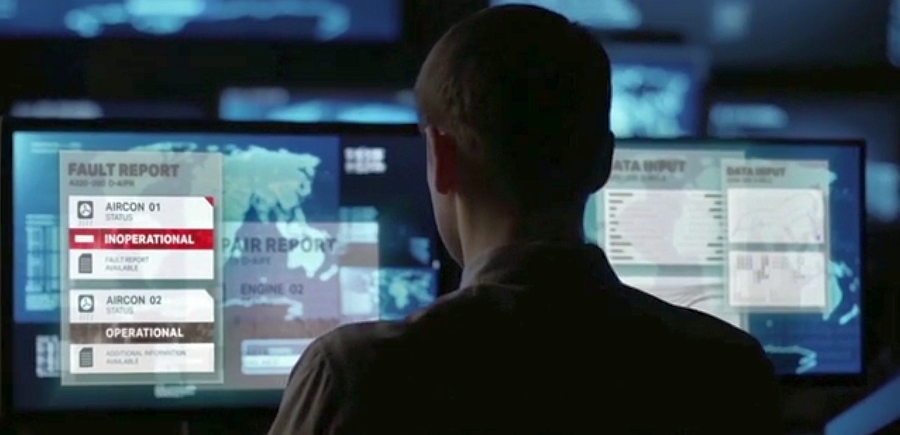Aviatar: Lufthansa Develops Digital Twin
How many aircrafts are currently in the air? Where is repair required? Users of the AVIATAR platform from Lufthansa Technik have their eye on all of the data regarding their fleet.
Having an overview saves money. When an airline wants to make optimal use of its fleet, it needs innumerable facts. In particular, facts to do with maintenance, repair and overhaul (MRO). How many aircraft are currently undergoing maintenance? Which ones had to land due to an unplanned repair? How long does it take to obtain a replacement aircraft?
Anyone who wants answers to such questions no longer needs to call the workshop or write emails to the warehouse – the aircraft themselves provide the information. The systems of modern aircraft types, such as the Airbus A350 or the Boeing 787, collate around 50 times as much data as their predecessors – and are capable of transmitting all of this data digitally. “For an MRO service provider such as Lufthansa Technik, it is therefore crucial to the future to be able to position ourselves within this field at the right time and place,” says Christian Langer. “We have to use the increasing volume of data in a way that provides the end customer with maximum benefit,” he adds.
Langer is head of the Product Division (PD) of Lufthansa Technik that was founded with precisely this aim in mind: Digital Fleet Solutions Commercials. “This is where we combine engineering expertise and software skills.” The first product of the new business division is called AVIATAR. It’s a platform whose users have access to apps that offer the end customer numerous digital services.
Among them, in the future, these should map a complete reflection of the actual aircraft and the entire MRO sector – in other words, create a digital twin. “We want to be the pioneer of the MRO industry in this field,” says Langer. “That a Lufthansa Technik development team has managed to bring AVIATAR to life in just 18 months is a tremendous achievement.”
Seven apps are already available. With the help of Fault Analytics, Condition Monitoring, Predictor Plugins and Performance Metrics, customers know where their aircraft are currently located, as well as what condition they are in. They can even take a peek into the future. This is because the apps emit warning signals when components function incorrectly or wear more quickly than expected, and maintenance therefore has to be brought forward.
Thanks to Fleet Management, users are able to view this information at a glance on a world map. In the long term, not only will they receive the answer to the question of how their own fleet is doing, but also how well it is doing in comparison to others. Reliability Benchmarking will then allow them to compare the data of various fleets. These data are anonymized, but show where the company has room for potential improvements.
“The more that knowledge is networked, the better AVIATAR functions,” says Langer, “which is why we strongly believe in close cooperation with our customers and users.” They are able to help shape the platform or even offer their own apps – irrespective of whether they have concluded a service agreement with Lufthansa Technik.
One initial third-party app has already been integrated into AVIATAR. Record Status from partner FLYdocs links information from the FLYdocs software platform to AVIATAR. This allows users to track the status of their aircraft documentation almost in real time, and thus more efficiently prepare for audits by the authorities and for aircraft handovers on sale or rental. An overview that saves time and money.
